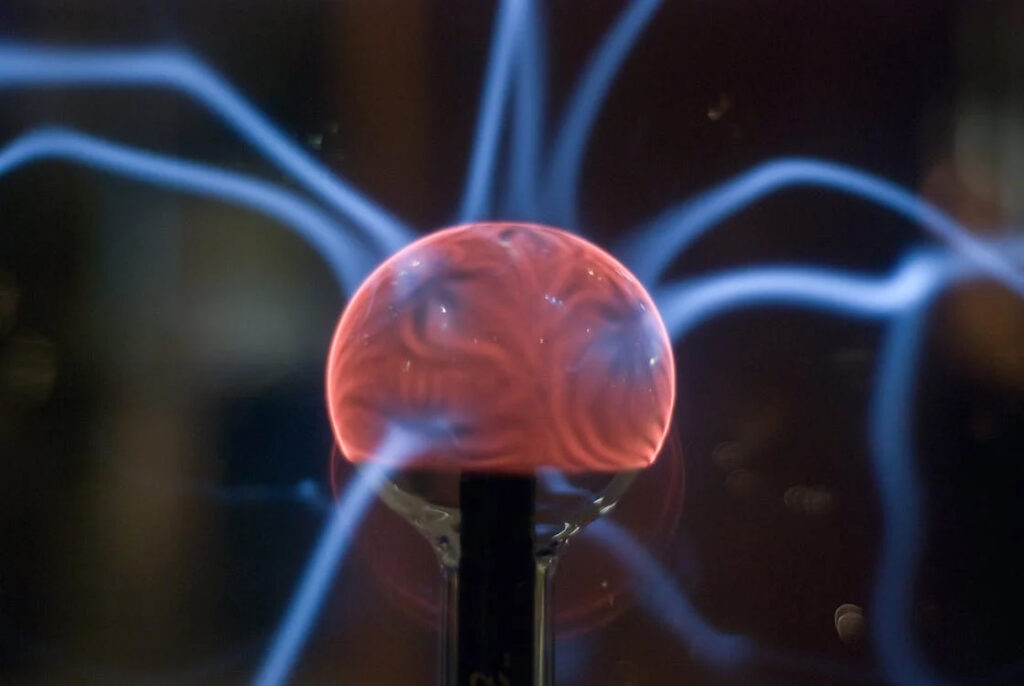Wi-Fi Waves as Power Sources: Breakthroughs in Energy Harvesting
From Wi-Fi to Bluetooth, which are usually seen as only information carriers, we are continuously surrounded in the modern world by a sea of electromagnetic waves. But a transforming strategy is changing our perspective on and utilization of these pervasive signals. Groundbreaking research is now allowing these waves to be transformed into a practical energy source for running electronic equipment, therefore ushering in a new age in sustainable energy solutions.
The Concept of Ambient Energy Harvesting
The process of gathering ambient energy—that is, energy from usually disregarded sources—such as radiofrequency (RF) waves from Wi-Fi and Bluetooth. Centered on a rectifier, the technology turns these RF impulses into direct current (DC) electricity. Small electronic gadgets and sensors may be run on this creative way, therefore enabling activities free from conventional battery power. Deep consequences for sustainability and device lifetime follow from perhaps less environmental effect from electronic trash and less reliance on battery manufacture.
Challenges and Innovations in RF-to-DC Conversion
The inherent fragility of RF signals—which can carry very little energy over long distances—is one of the main obstacles in using them for electricity. Particularly with ambient RF signals that are fainter than -20 dBm, traditional rectifiers—including the Schottky diode—have battled low conversion efficiency. The discovery arose from the development of a small and sensitive rectifier technology employing nanoscale spin-rectifiers (SR). These devices even from extremely weak signals transform RF signals straight into useable DC voltage using a magnetic tunnel junction. In the sphere of energy harvesting, the technique is a fundamental breakthrough because its capacity to operate effectively under such limitations.
Advances in Rectifier Technology

Leading edge of this technology are developments in rectifier design to improve RF-to– DC conversion efficiency. Researchers at Tohoku University have created a nanoscale spin-rectifier (SR) that shows notable advancements over conventional techniques, notably those employing Schottky diodes, which suffer from low efficiency in ambient RF conditions. Like materials used in nonvolatile memory technologies, the SR uses a magnetic tunnel junction composed of CoFeB/MgO, tuned for recording weak ambient RF signals. Commonly observed in daily surroundings, this degree of sensitivity enables the rectifier to run efficiently even at very low signal levels.
Practical Applications and Future Prospects
There are very many useful uses for this technology. In real-world experiments, researchers have effectively powered commercial equipment like temperature sensors by integrating these improved rectifiers into energy harvesting modules. This feature lowers the requirement for maintenance and physical battery replacement by opening fresh opportunities for using electronic gadgets in far-off or inaccessible regions. Furthermore, the continuous research seeks to increase the scalability of the technology by means of series-parallel connections of SRs and compress the technology with integrated on-chip antennas, so boosting the general efficiency and effectiveness of RF power collecting.
A major advance in energy collecting technologies is the capacity to use Wi-Fi and other RF waves as power sources. This evolution not only promises to prolong the life and lower the environmental impact of electronic gadgets but also provides a window into a day when energy efficiency will be naturally included into our daily technological surroundings. The ideal of a self-sustaining, green energy solution becomes more real as research and development keep stretching the bounds of what is feasible, therefore signifying a hopeful direction forward in our search for sustainable technology solutions.

